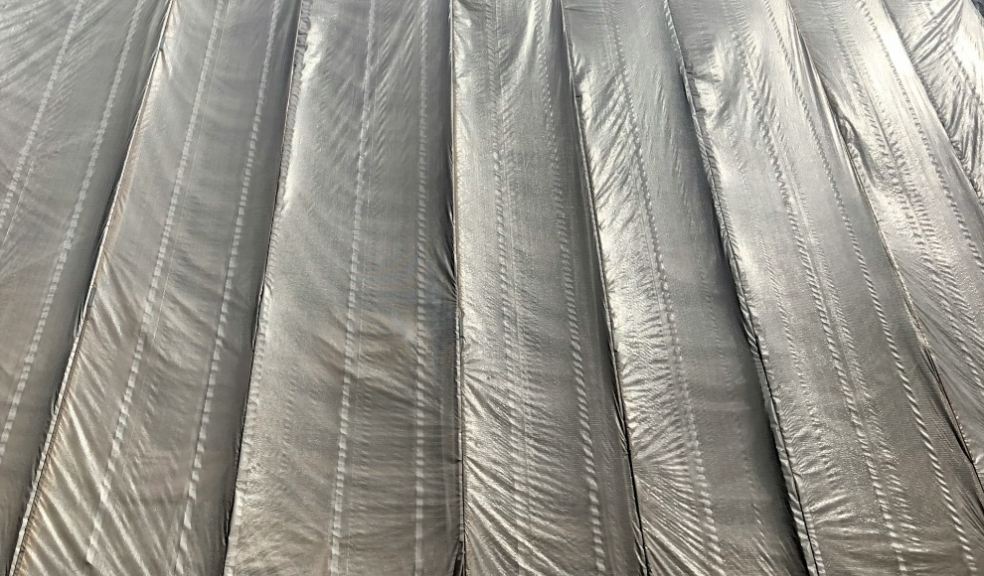
Multifoil Insulation: Why Multifoil Rolls Are An Insulation Powerhouse
Multifoil insulation is relatively new on the market. It may be unfamiliar to most people, at least in comparison to materials like fibreglass and rigid foam panels. However, it is quickly becoming a favourite for many homeowners due to its impressive thermal properties, low density and versatility. Insulation Wholesale’s full range of multifoil insulation reflects this growing demand, offering high-performance solutions for modern UK homes.
What Is Multifoil Insulation?
Unlike other insulation materials, multifoil insulation rolls have various layers of different insulation materials. The outer layers of multifoil insulation products are made from thin:
- Aluminised polyester (or)
- Aluminum foil
This outer reflective material blocks heat from leaving or entering the house.
The inner layers comprise insulation matter—mostly polypropylene, polyurethane and thermo-foam—typically known as wadding.
Many brands use at least two different wadding materials. The materials create a sandwich between the aluminum foil in an alternating format. There is no limit to the number of layers manufacturers can add, so you have multifoil rolls that are 10–45mm thick.
The polymers constituting multifoil insulation are chosen for their outstanding:
- Low bulk density
- Water resistance
- Heat resistance
- Tear strength
- Tensile strength
- Relatively high noise reduction coefficient
A material like polypropylene has a thermal conductivity rating of only 0.28 watts per meter-Kelvin (W/m.K), and it’s virtually impervious to water. Two properties that make it a top material for foil insulation, which is why many brands include it in their multifoil products.
Polyurethane is preferred for its low thermal conductivity and noise-blocking ability, while polyethylene counts due to its strength and resistance to mould, water, and acid corrosion.
Usually, the foam has closed or open cells. What’s the difference?
Closed cellular foam comprises intertwined cells that are fully sealed and impenetrable. This structure turns the foam into a solid water and noise barrier.
Open cellular foam also has interconnected cells, but they are not fully sealed off. That means vapour and sound can penetrate it. Most manufacturers add a barrier to block sound and moisture to compensate for this shortcoming.
What Makes Multifoil Insulation Special?
-
It Has A Heat Reflective Foil Layer
The aluminum foil layers on the surface of multifoil wraps reflect radiant heat, which helps to keep heat away or retain it inside a room.
When heat saturates the atmosphere, as in the summer months, the foil reflects this heat, blocking it from entering the house.
When the house is warmer than the atmosphere, as in winter, the foil reflects the radiant heat inside the building, sending it back into circulation within the home.
-
Multifoil Rolls Use Three Heat Control Mechanisms
Multifoil insulation rolls use three different mechanisms to control heat transfer.
Radiation—The outermost layers of the insulation, which are made of foil, use radiation to send heat back inside the building. When the heat comes from outside, the very mechanism repels it, sending it back to the atmosphere.
Convection—The foam layers inside the multifoil roll do not have air pockets to accommodate heated air and move it outside or inside. So, hot air that rises and tries to penetrate the material has nowhere to go and remains where it is: on either side of the insulation. That means hot air on hot days remains outside, while the hot air accumulating in the house on hot days stays inside.
Conduction—Since the foam layers inside the insulation roll are poor heat conductors, they do not absorb heat from inside the house and transfer it outside. Similarly, they block any heat venturing inside from entering the house.
-
Multifoil Rolls Are Lightweight
Forget those heavy insulated boards that require tons of muscle power to haul. Multifoil insulation rolls are light. You can quickly move them across the house and even up the ceiling.
This low density also comes into play when you want to fix multifoil in hard-to-reach spaces. Simply carry it to the site, roll it over the places that need to be covered, and then cut it to size. Make sure that any pieces of the roll you stack overlap by at least 50 mm so that they leave no gaps.
Where Can You Use Multifoil Insulation?
You know those superstar products that become the go-to for an unbeatable user experience? Multifoil insulation is one such product in the construction industry’s insulation sub-sector. Any part of the building that requires insulation? Multifoil is a fitting candidate for the task. And we mean anywhere in the house:
- The roof
- The loft
- The walls
- The floor
- The garage
- The shed
- House extensions
Flexibility and versatility are two qualities that distinguish multifoil from other insulation types, making it a product that you can use anywhere in the house to upgrade your property’s insulation.
FAQs
Is multifoil insulation durable?
Multifoil insulation is a durable solution that does not require frequent touch-ups or upgrades. Some manufacturers guarantee their multifoil products for 25 to 50 years.
Can multifoil insulation be recycled?
Multifoil insulation contains a high concentration of recycled materials. Some brands use 50% recycled products, and others use as much as 75%. At the end of the product’s lifecycle, most of it is recycled, and again, depending on the brand, it can be 100% recyclable.











